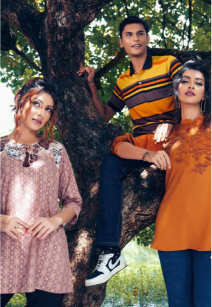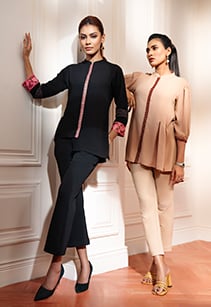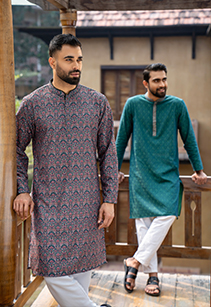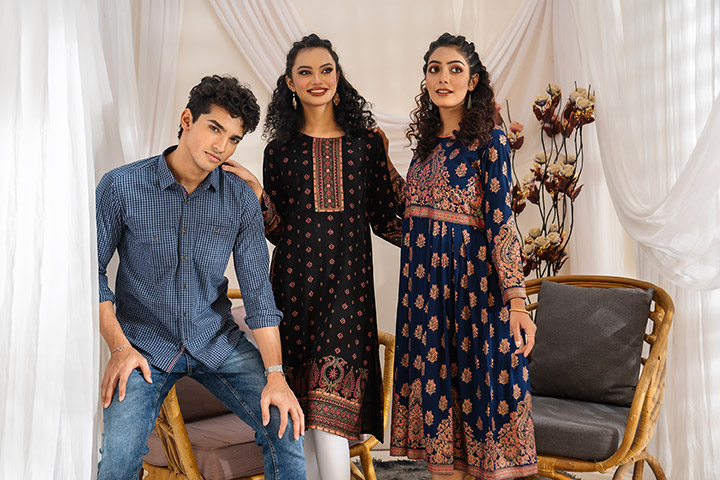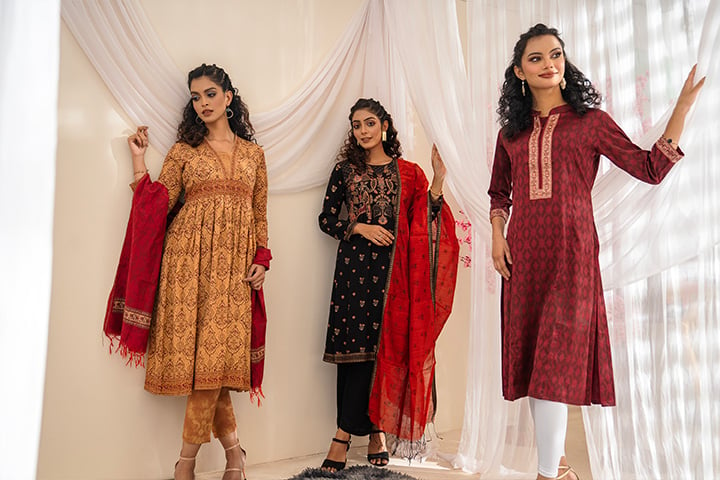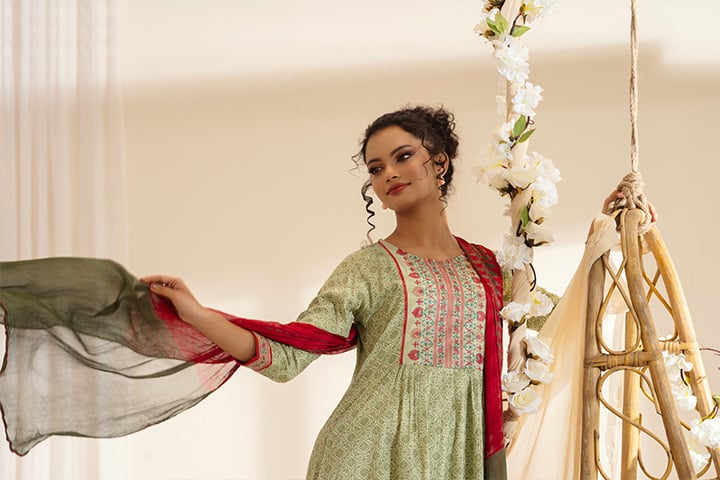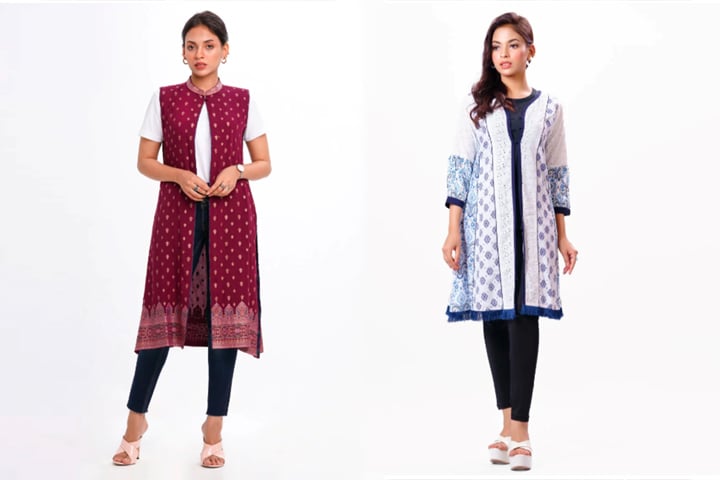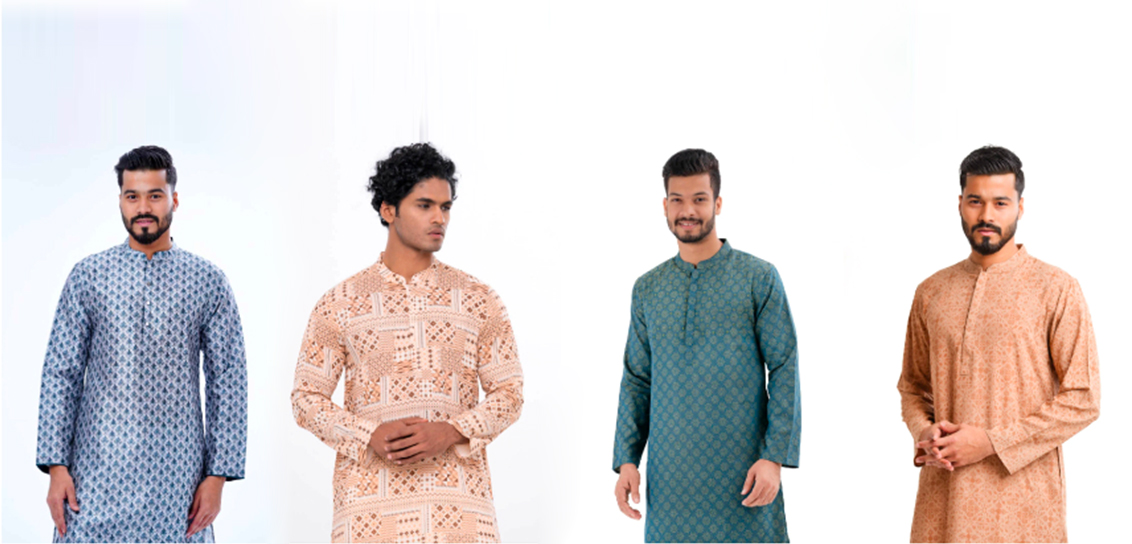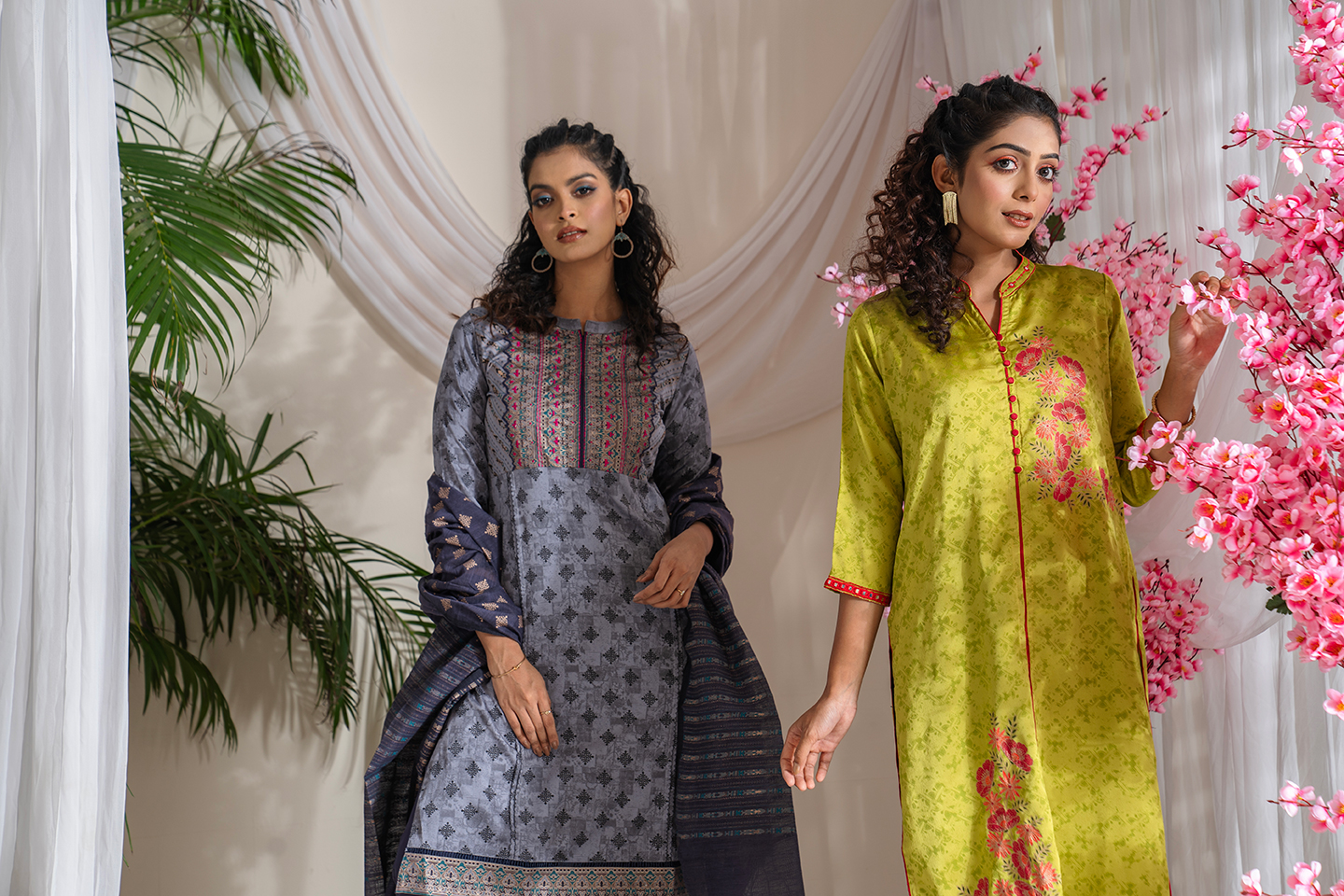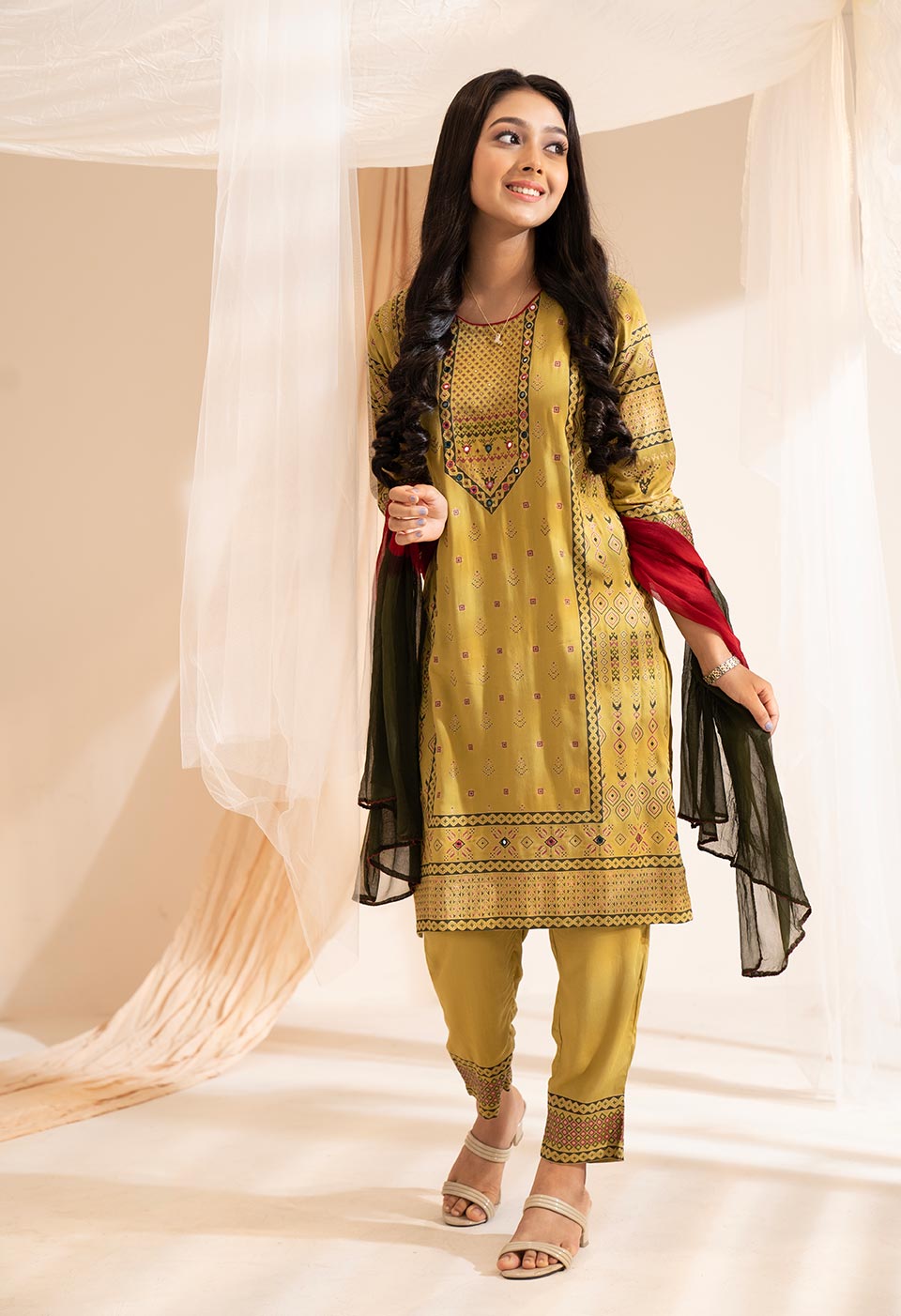In a world where fashion trends come and go, there’s something truly special about ethnic patterns that have stood the test of time. These intricate designs, rooted in the traditions of diverse cultures across the globe, tell stories of heritage, identity, and artistry. From the vibrant prints of African textiles to the delicate weaves of Asian fabrics, ethnic patterns offer a glimpse into the soul of a community.
But these designs are more than just beautiful—they carry deep meanings and are crafted with techniques passed down through generations. In today’s fashion, these timeless patterns are being reimagined and woven into contemporary pieces, creating a bridge between the past and the present. Join us as we explore the fascinating journey of ethnic patterns and how they continue to inspire and shape the world of modern fashion.
The Origins of Ethnic Patterns
Ethnic patterns aren’t just eye-catching designs—they’re stories woven into fabric, each one telling a tale of the culture it comes from. These patterns have been around for centuries, and they’re deeply rooted in the traditions, beliefs, and everyday lives of people from different corners of the world.
Take, for example, the bold and vibrant patterns found in African textiles like kente cloth from Ghana. These designs are more than just beautiful; they’re symbolic, representing concepts like power, spirituality, and social status. Then there’s the paisley pattern, with its origins in Persia. That distinctive twisted teardrop shape isn’t just decorative—it’s a symbol of life and eternity, carrying with it a rich cultural heritage.
In Asia, textiles have their own unique flair. Japanese kimono fabrics, for instance, often feature motifs like cherry blossoms and cranes, each with its own meaning—beauty, renewal, longevity, and resilience. These patterns were originally created for specific purposes, from ceremonial attire to everyday clothing, and they’ve been passed down through generations, becoming a key part of cultural identity.
The Evolution of Ethnic Patterns in Modern Fashion
Ethnic patterns have found a new life in modern fashion, seamlessly blending tradition with contemporary style. Designs once reserved for cultural and ceremonial attire—like the intricate embroidery on a kameez, the vibrant prints on a saree, or the detailed motifs on a Panjabi—are now making waves on global runways. Designers have embraced these patterns, incorporating them into everything from tunic tops to skirts, celebrating their beauty while introducing them to a wider audience.
However, this shift has sparked important conversations about cultural appropriation versus appreciation. Many designers are mindful of this, working directly with artisans from the cultures they draw inspiration from, ensuring that these patterns are honored and respected.
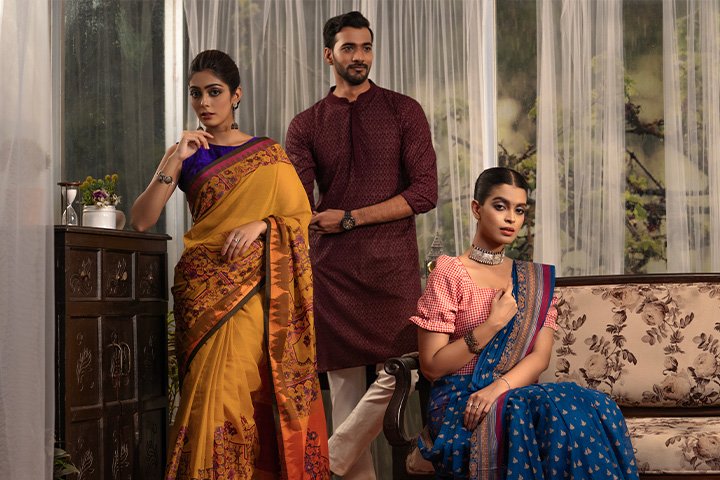
Today, ethnic patterns are more than just fashion statements—they’re a way to connect with history and culture. By wearing these designs, whether in a modern tunic or a traditional saree, we’re not just embracing a trend; we’re carrying forward the stories and traditions that have shaped them.
How to Incorporate Ethnic Patterns into Your Wardrobe
Bringing ethnic patterns into your wardrobe is a great way to add some culture and personality to your everyday style. These designs are rich in history and meaning, and they can be as bold or as subtle as you like, making them super versatile.
Start Small with Accessories: If you’re just dipping your toes into ethnic patterns, accessories are the perfect starting point. A scarf with a paisley print or a bag featuring tribal designs can add a pop of color and interest to your outfit without being too much.
Mix and Match: Don’t hesitate to mix ethnic patterns with your modern wardrobe staples. Pair a traditional kameez with your favorite jeans, or match a vibrant ethnic skirt with a simple t-shirt. The idea is to let the patterned piece shine while keeping the rest of your outfit understated.
Layer It Up: Ethnic patterns work beautifully when layered. A tunic with subtle embroidery can be worn under a long shrug, adding texture to your look. You could also drape a patterned shawl or dupatta over a solid-colored dress for an effortlessly chic vibe.
Try Fusion Wear: Fusion outfits are a fun way to blend traditional patterns with modern cuts. Think sarees worn with crop tops or Panjabis reimagined as shirt dresses. These pieces give you the best of both worlds and are perfect for both casual and formal settings.
Go Bold with Statement Pieces: If you’re feeling adventurous, make a statement with a fully patterned dress or saree. Whether it’s a maxi dress with intricate designs or a saree adorned with traditional motifs, these pieces are sure to stand out and showcase your unique style.
Don’t Forget the Shoes: Ethnic patterns on shoes can be the perfect finishing touch. Embroidered flats or sandals with beadwork can add a subtle yet stylish element to your look, tying everything together.
Incorporating ethnic patterns into your wardrobe is all about expressing your personal style in a way that feels authentic to you. Whether you prefer a subtle touch or a bold statement, these patterns offer a beautiful way to wear a piece of cultural heritage in your everyday life.
The Future of Ethnic Textiles
The future of ethnic textiles looks bright as they continue to gain global recognition and appreciation. With an increasing emphasis on sustainability and ethical fashion, there’s a growing movement towards preserving traditional techniques while incorporating modern innovations.
Designers are creatively blending age-old patterns with contemporary styles, ensuring that these rich cultural heritages remain relevant and vibrant. As awareness of cultural diversity and heritage grows, ethnic textiles are set to play an even more significant role in shaping the future of fashion, offering a blend of tradition and innovation that resonates across cultures.
Ethnic patterns are more than just beautiful designs; they’re a celebration of cultural heritage and artistic tradition. From their rich histories to their modern-day adaptations, these patterns connect us to diverse cultures around the world. By incorporating these timeless designs into contemporary fashion, we not only honor their origins but also keep their stories alive.
- Fatematuzzohora Afia
